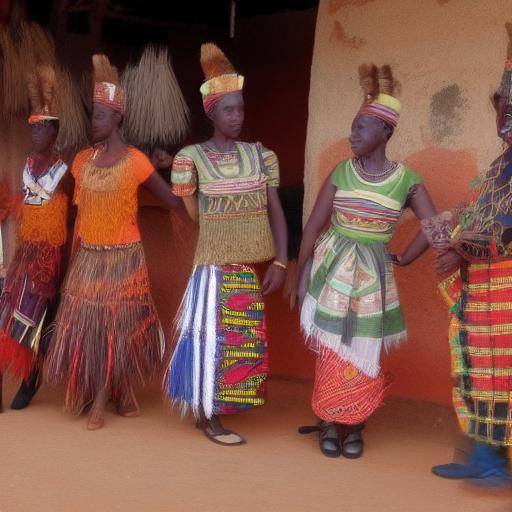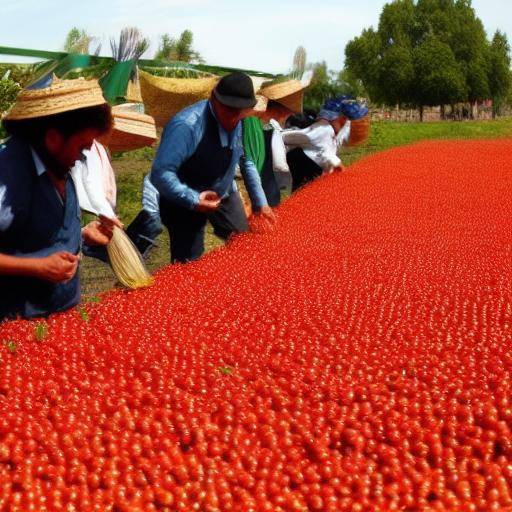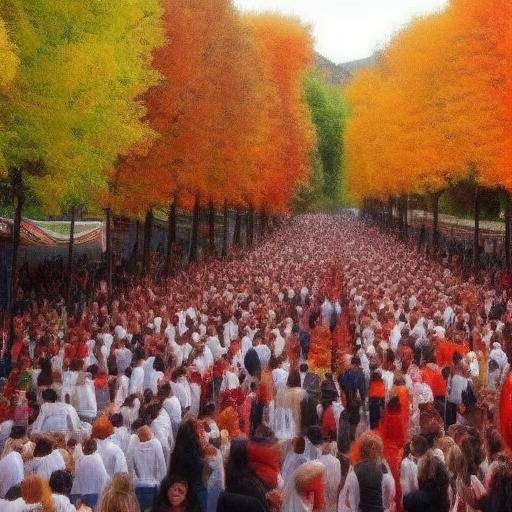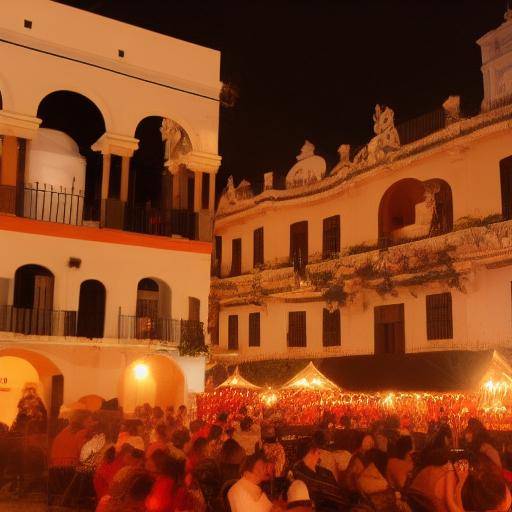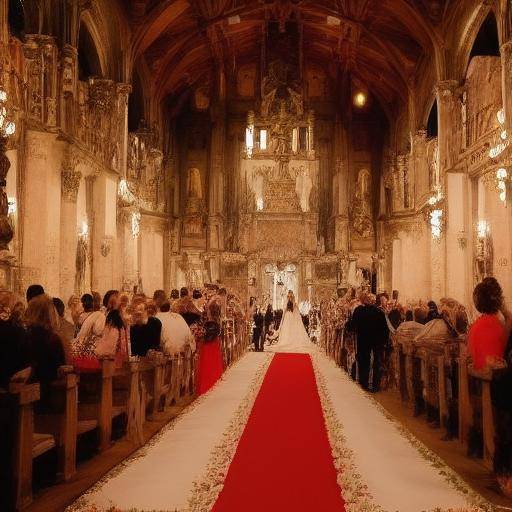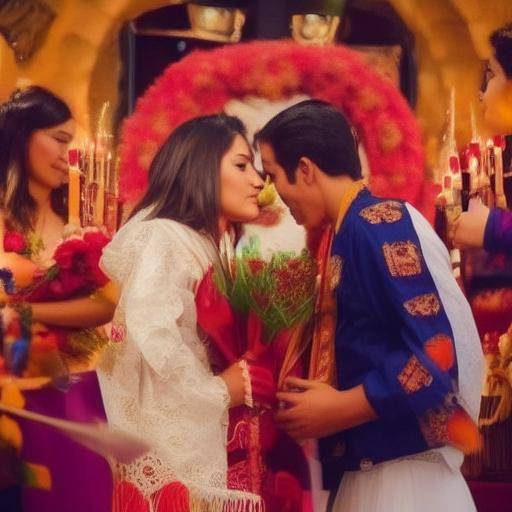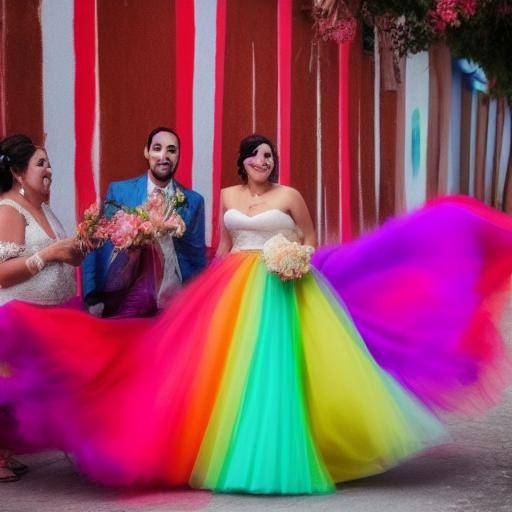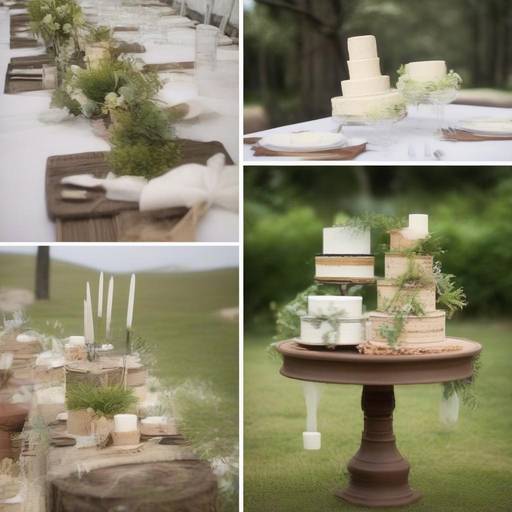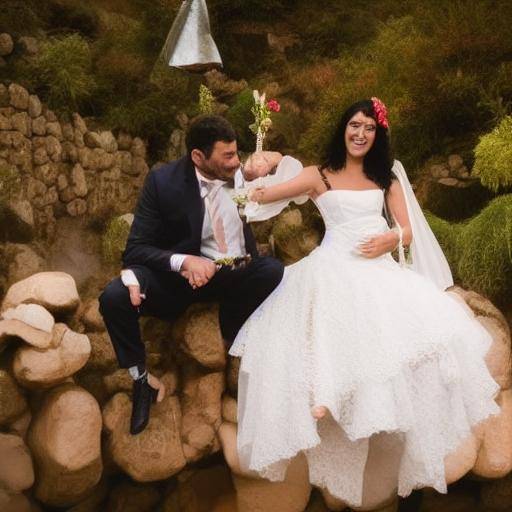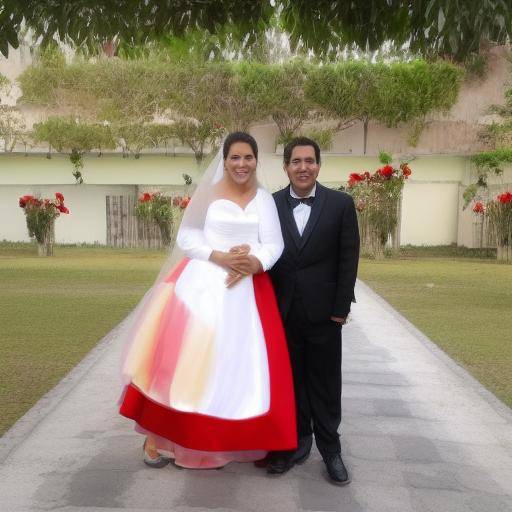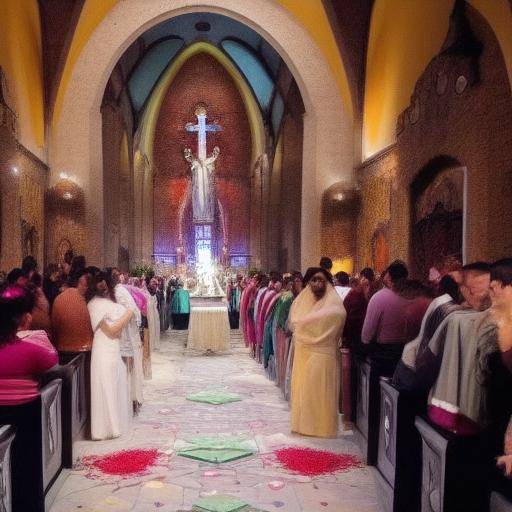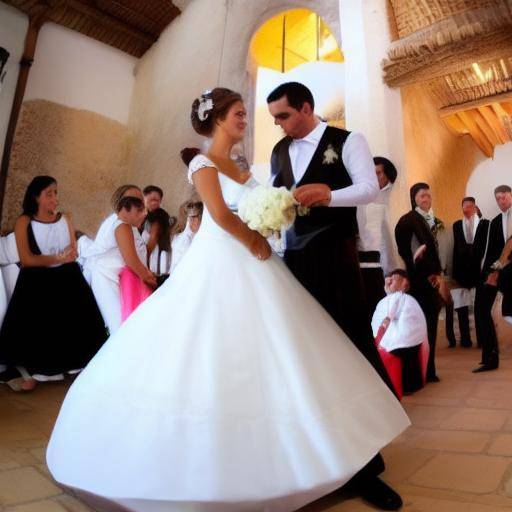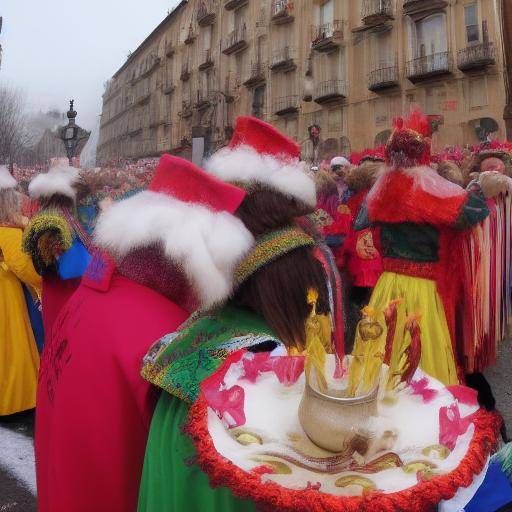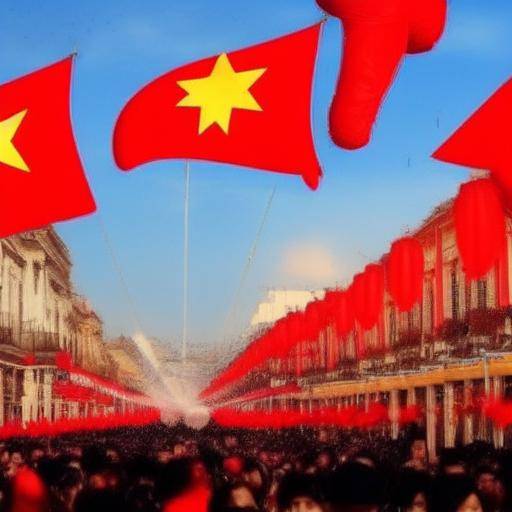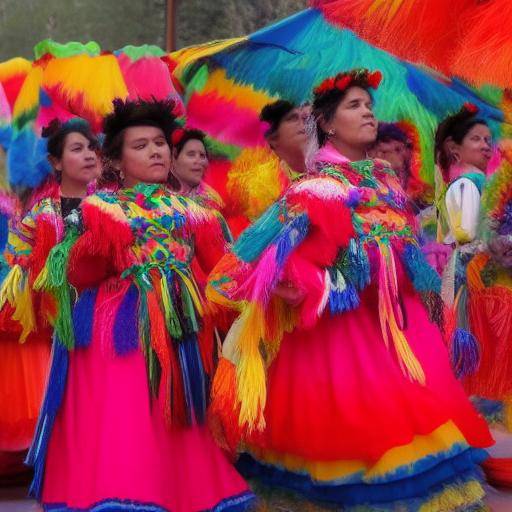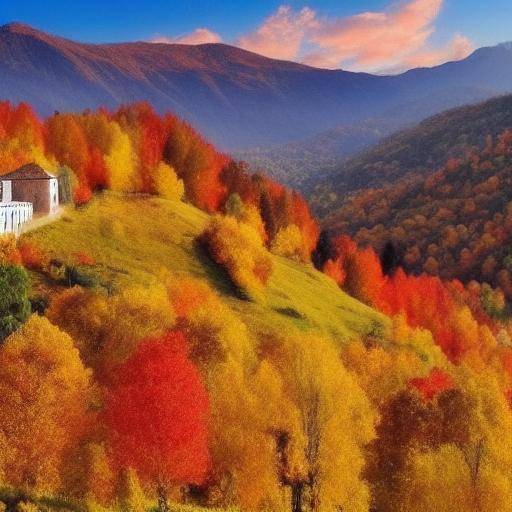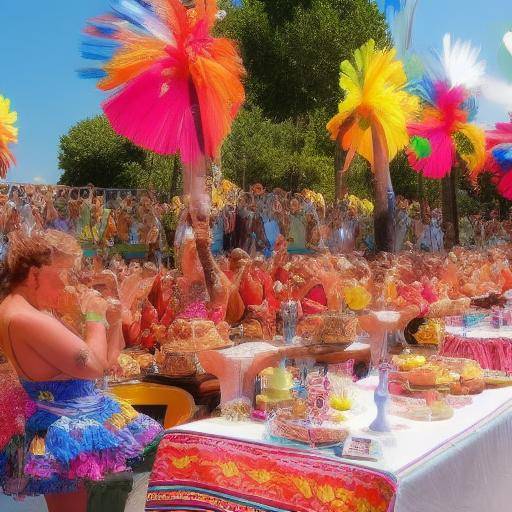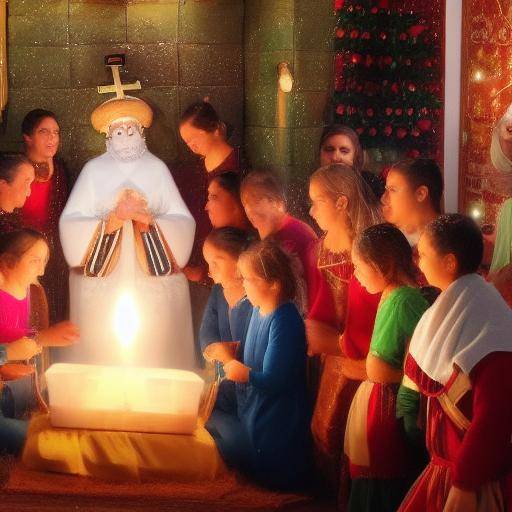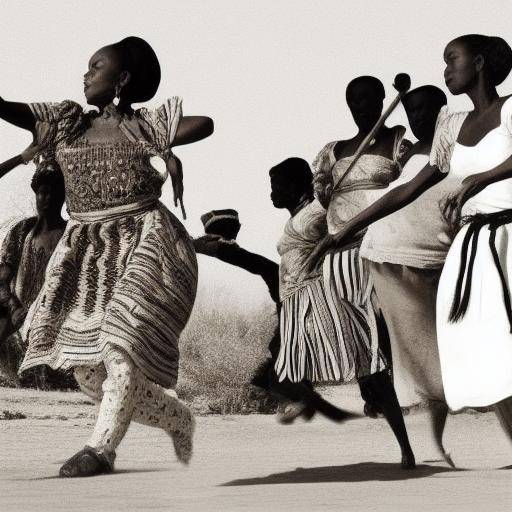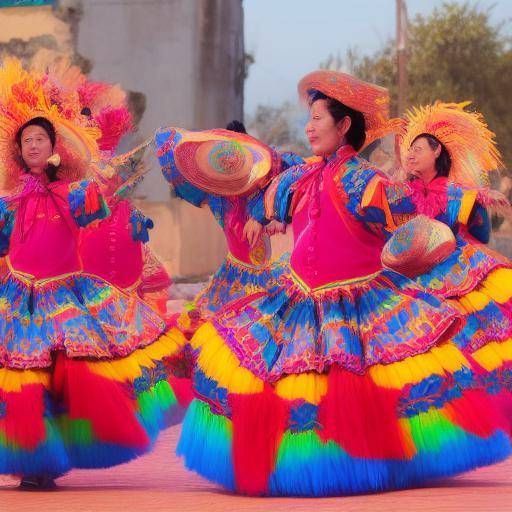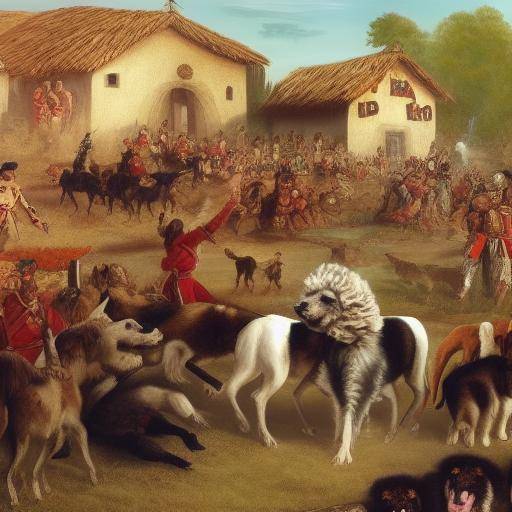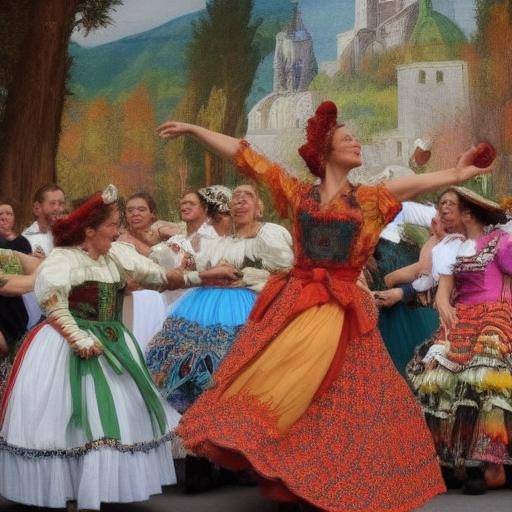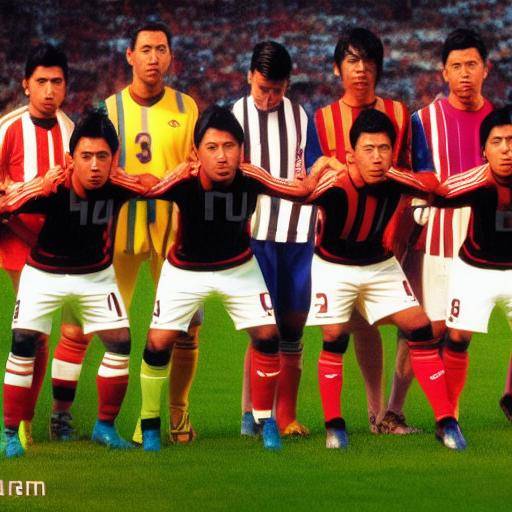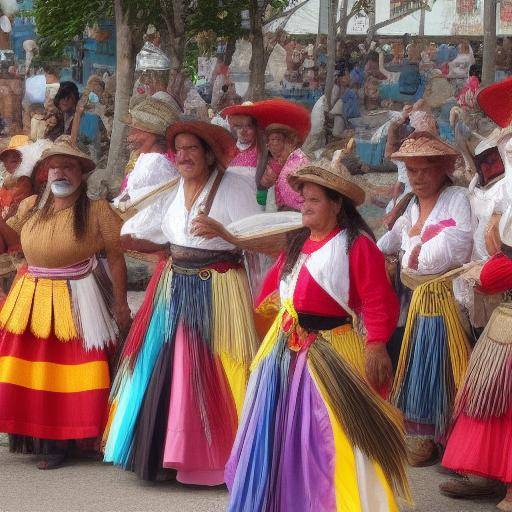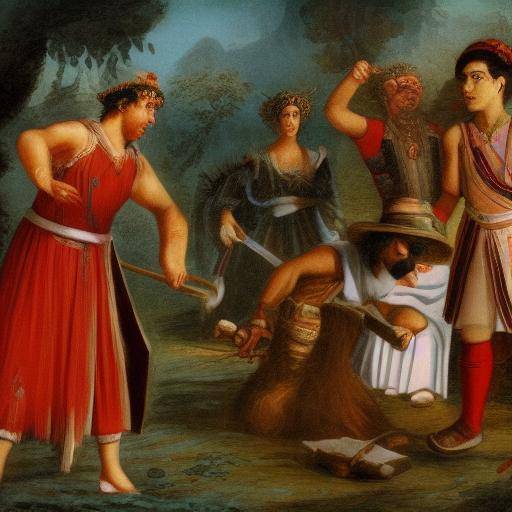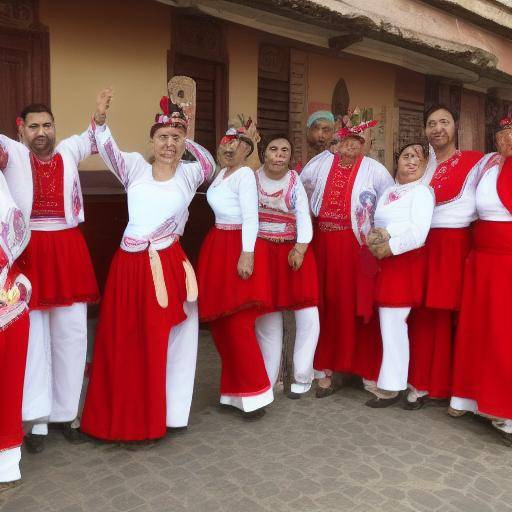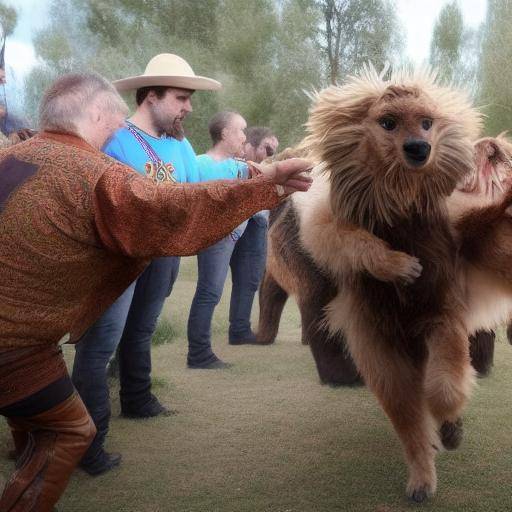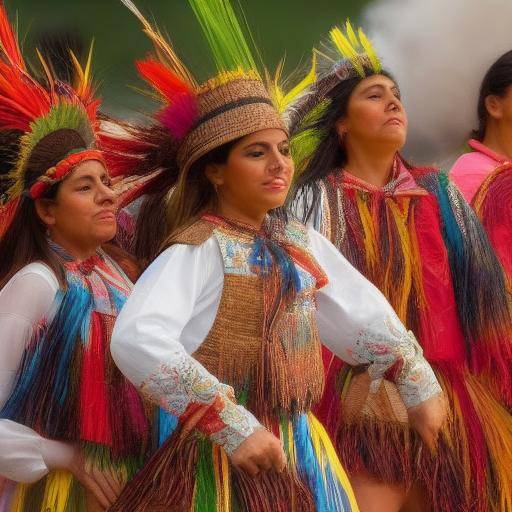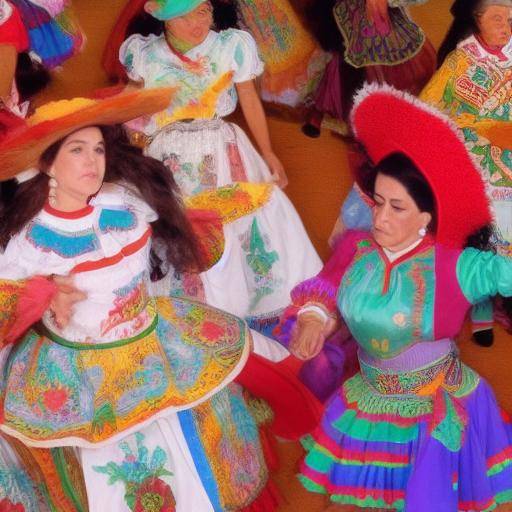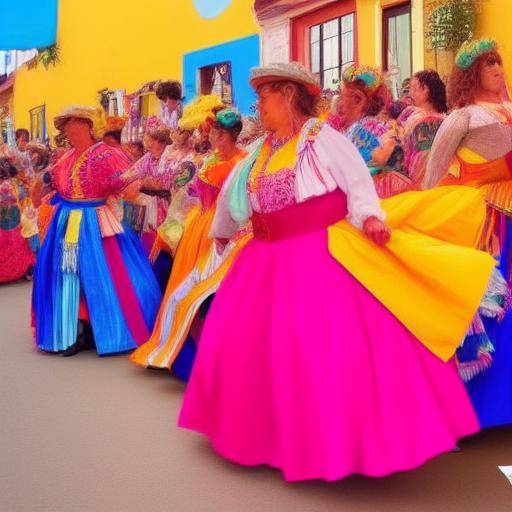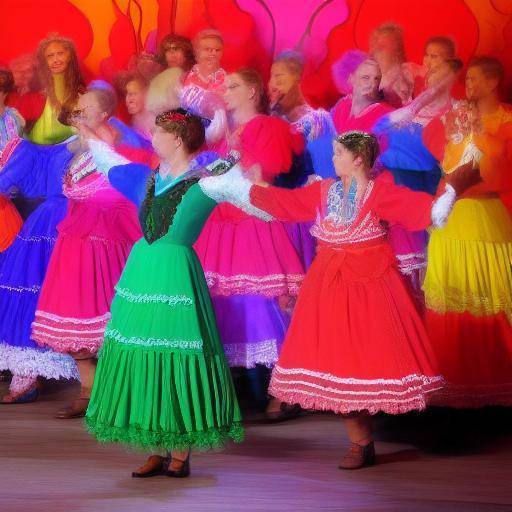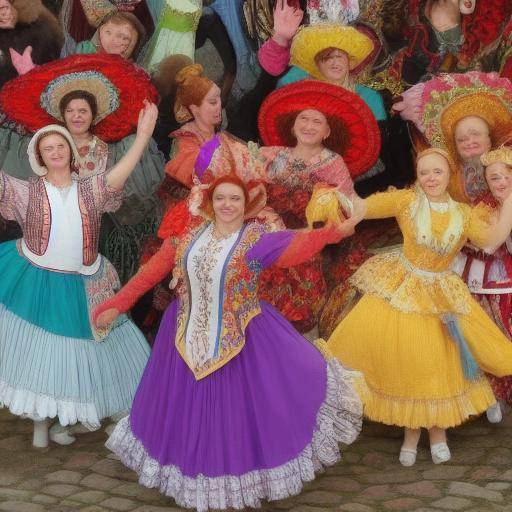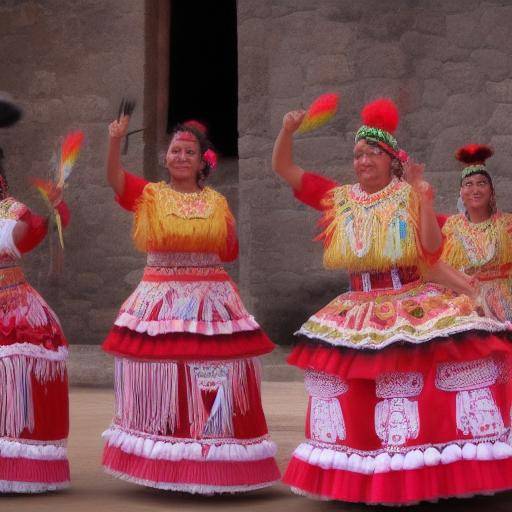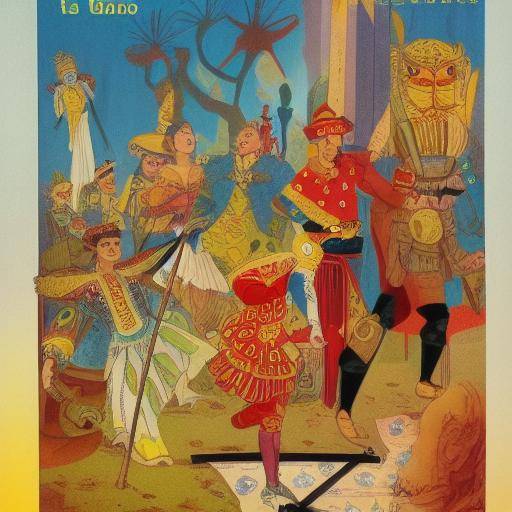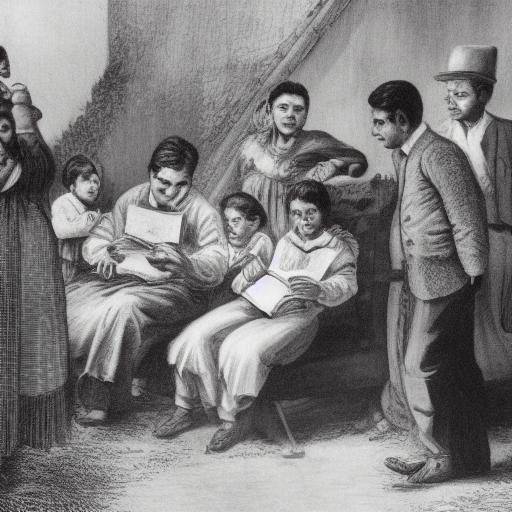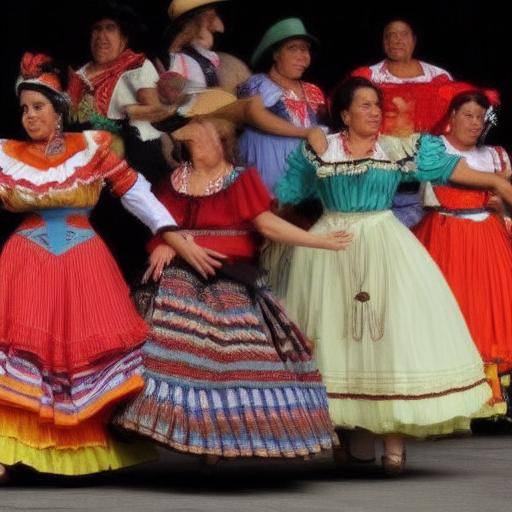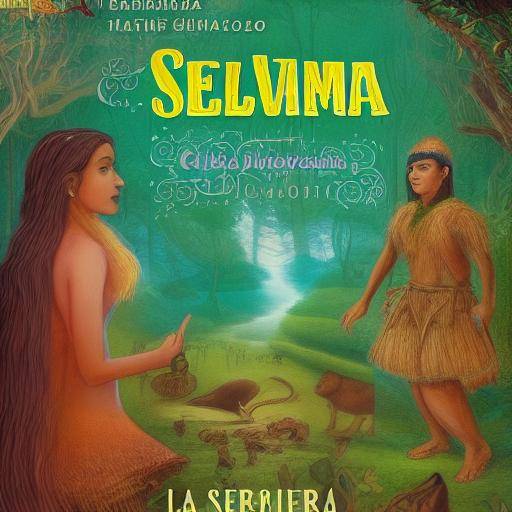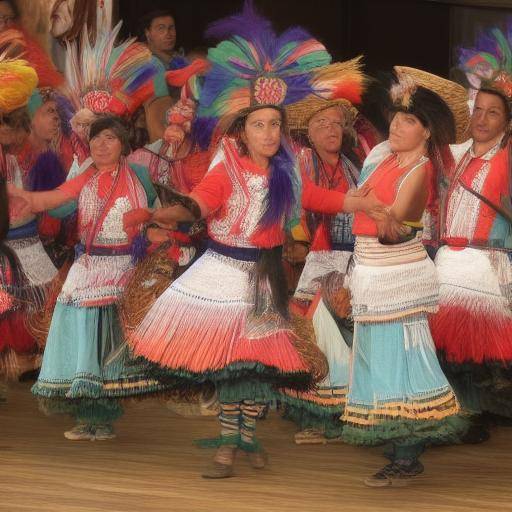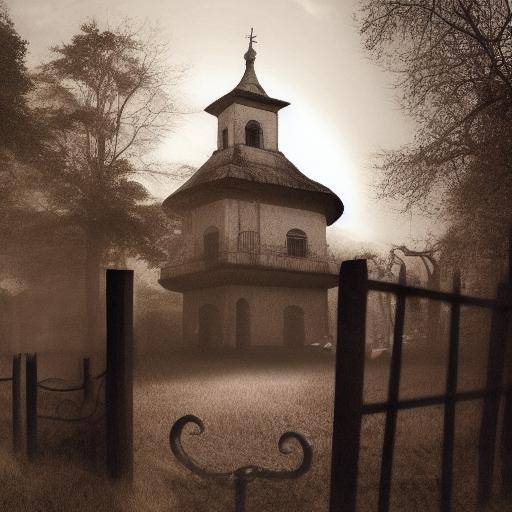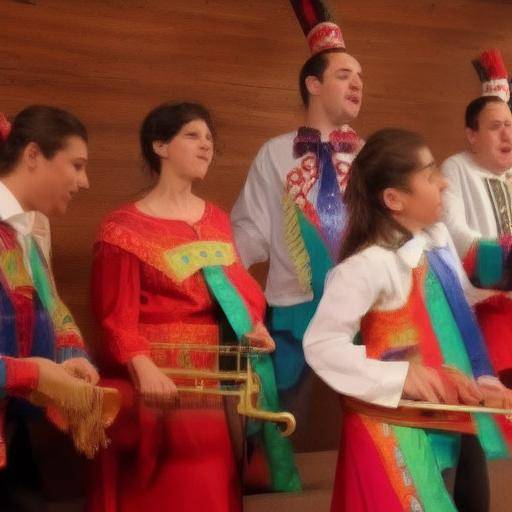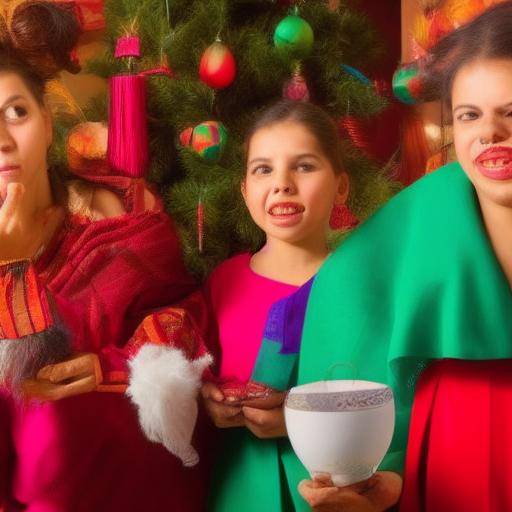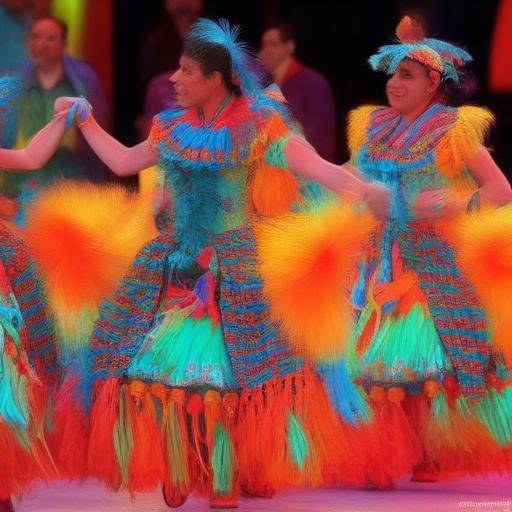
In the rich upholstery of South American folklore, the colors have played a crucial role over the centuries. These vibrant and deep colors not only adorn traditional costumes and crafts, but also possess an ancestral symbol that has been transmitted from generation to generation. In this article, we will explore in depth the symbolism of the colors in South American folklore, the traditions rooted in this rich symbolism and its importance in the culture of the region.
Introduction
South American folklore is a manifestation of the cultural diversity of the region, reflecting the richness of the indigenous, African and European traditions that intertwined throughout history. Colors play a vital role in these traditions, as each nuance carries with it a profound meaning that connects communities with their environment, beliefs and history. In this article, we will immerse ourselves in this vibrant universe of colors and symbolisms, exploring its meaning, its evolution over time, its presence in various traditions and its influence on the daily lives of people in the South American region.
The ancestral influence on symbolism of colors
The origins of colour symbolism go back to the pre-Columbian indigenous civilizations that populated this vast territory. For these cultures, colors not only represented aesthetic aspects, but were also intrinsically linked to their cosmovisions, rituals and beliefs. Each tonality was the bearer of a message, a bond with the spiritual, nature and the world of the gods.
The evolution of meanings
Over the centuries, this previously exclusive symbol of indigenous communities interwoven with European and African colonial influences, further enriching the palette of meanings associated with colors. The tones acquired new interpretations and were integrated into festivities, religious rituals, traditional dances and artistic manifestations, forming a unique and captivating folklore.
The symbolism of the colors today
Despite social and cultural changes, the symbolism of colors remains a fundamental part of the South American identity. Today, these ancestral meanings are intertwined with everyday life, popular celebrations, crafts and fashion, keeping alive the connection with the roots of the communities.
Symbolism of South American colors and folklore
The symbolism of the colors is manifested in various ways in South American folklore. From the deep tonalities of traditional clothing, through the iconography of folkloric dances to the colorful festivities, each nuance contains a meaning that resonates with the history and beliefs of the communities. Exploring these symbols allows us to understand the complex layers of meaning that enrich South American folklore.
Traditions rooted in the colors
South American traditions have been able to preserve the ancestral meanings associated with colors through rituals, ceremonies and artistic expressions. From religious celebrations to healing practices, colors play a central role, marking the rhythm of the life of the communities and weaving a link between the past and the present.
Cultural and social impact
The symbolism of colors not only plays an aesthetic role in South American folklore, but also plays a crucial role in social cohesion and intergenerational transmission of knowledge. These colors not only decorate objects and garments, but enclose the legacy of centuries of tradition and wisdom, serving as threads that weave the rich fabric of South American identity.
Conclusion
The symbolism of the colors in South American folklore is a reflection of the profound connection between the history, spirituality and the daily life of the communities of the region. As we explore the ancestral meanings and their influence on rooted traditions, we immerse ourselves in a vibrant and captivating world that transcends the mere aesthetic use of colors. Through this article, we hope to have shed light on the fascinating symbolism of colors in South American folklore, inviting readers to discover and value the deep cultural richness that these tones enclose.
FAQs
1. What is the meaning of red in South American folklore?
In South American folklore, red color has multiple meanings ranging from passion and energy to connection with fertility and blood as a symbol of life.
2. How does symbolism of the colors manifest in the popular South American holidays?
The colors occupy a prominent place in the popular festivities, from the garments to the decorations and artistic representations, each matiz is the bearer of meanings associated with the celebration and identity.
3. What is the relationship between symbolism of colors and indigenous cosmology in South America?
In indigenous cosmology, colors are closely linked to the relationship with nature, life cycles and spiritual forces, representing fundamental concepts in their vision of the world.
4. How has the symbolism of colors evolved over time in South American folklore?
Throughout history, the symbolism of colors has evolved, integrating influences of different cultures and adapting to social changes, without losing the essence of their ancestral meaning.
5. What is the role of colors in South American crafts?
In South American handicrafts, colors not only embellish creations, but also convey cultural narratives, beliefs and ancestrally rooted traditions.
6. How are the colors reflected in South American folk dances?
Folk dances are often accompanied by colorful dresses and adiments that symbolize historical, mythological and spiritual aspects, providing a strong symbolic component to representations.
This concludes our journey through the symbolism of the colors in the South American folklore. We hope you have enjoyed the immersion in this fascinating universe of meanings and traditions, and we invite you to explore further this rich and colorful cultural heritage.

